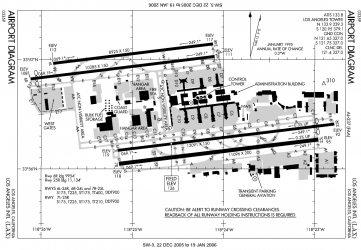jb747
Enthusiast
- Joined
- Mar 9, 2010
- Posts
- 13,490
I don’t recall the exact repercussions, but as best I recall they were pretty severe.There is a old Jetstar incident with a mobile phone being used on approach into Singapore which resulted in a unstable approach. I can’t recall if they were fired however it didn’t go down well apparently.
There was a standing order within QF. Mobiles were to be off, prior to push back.AV might be able to answer however I would assume mobiles are turned off from push to top of climb? And top of climb to engines off? Is it on the checklist or just expected by company?
Management would be the least likely. They do bugger all flying in the best of times (but 100% of the interesting stuff). They’d be senior check Captains. They’ll need them if they ever want to start things up again. They may, or may not, use FOs. SCCs can sit in for them. I know some of the names.JB
I see QF are doing LAX-LAX circuits every couple of months on these idle A380s.
Are these QF pilots? I assume Management?
Or American based A380 rated contract pilots etc..?
Last edited:
















